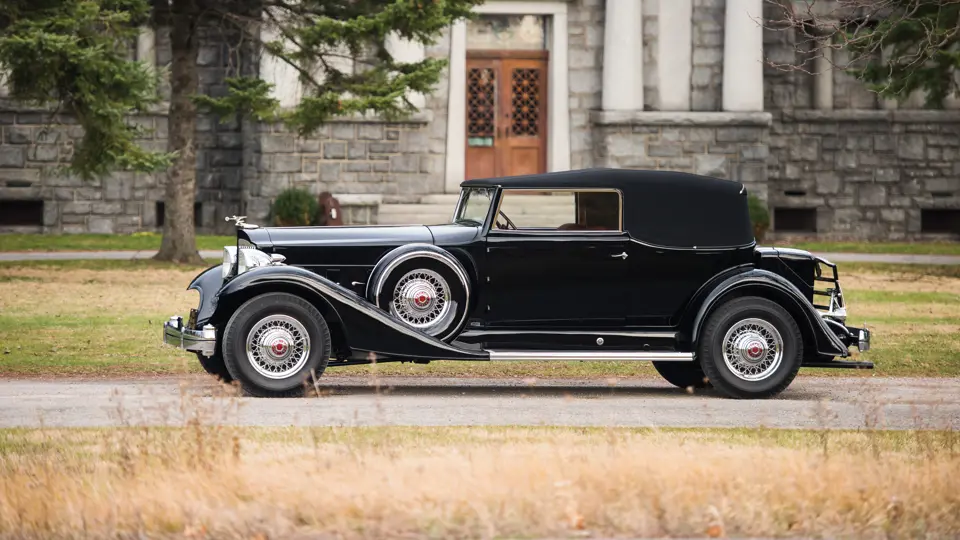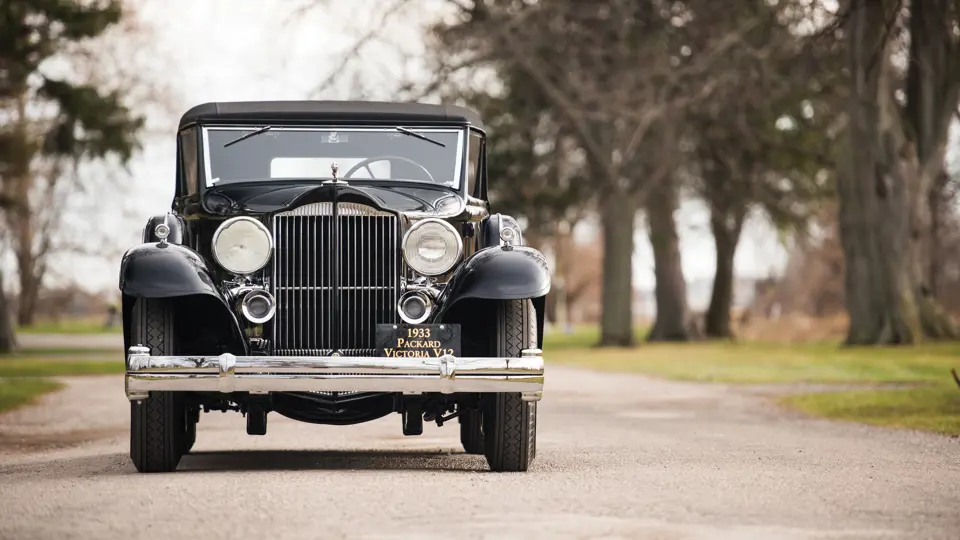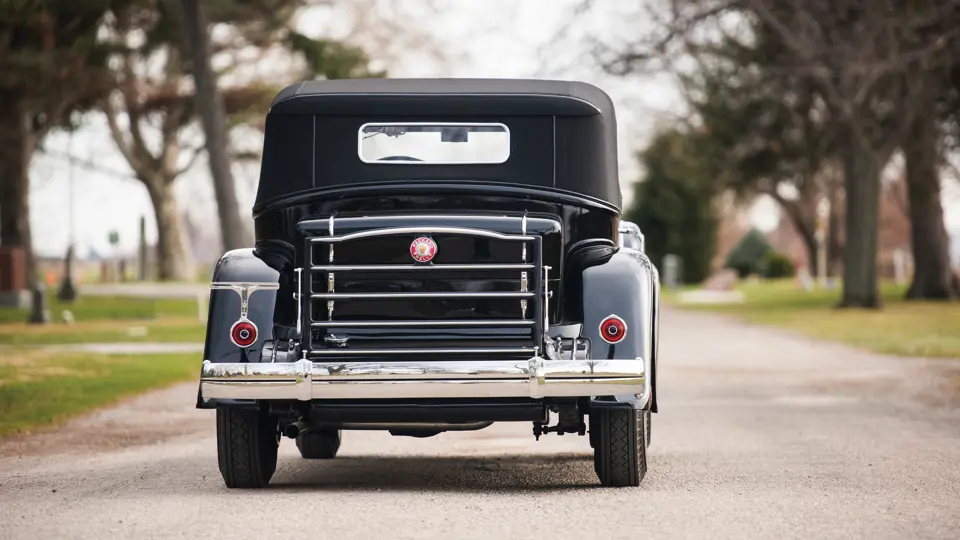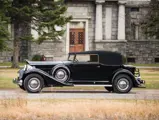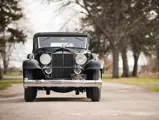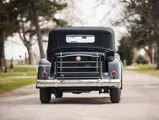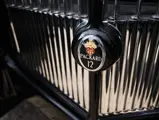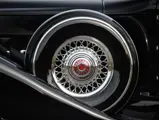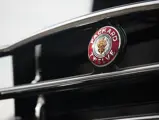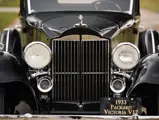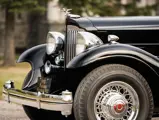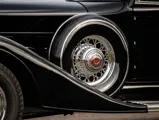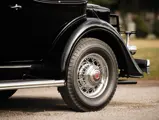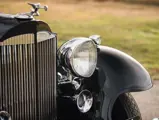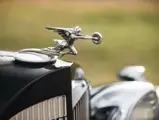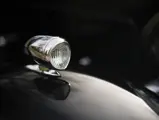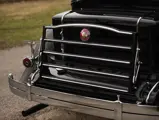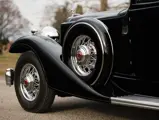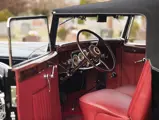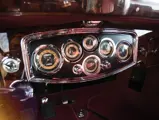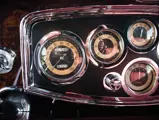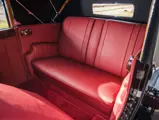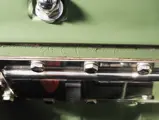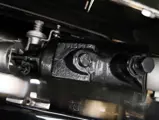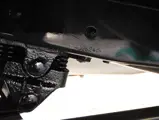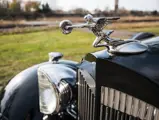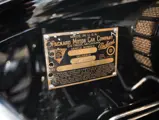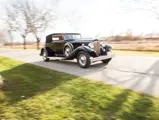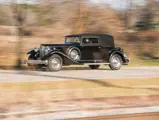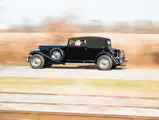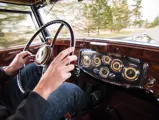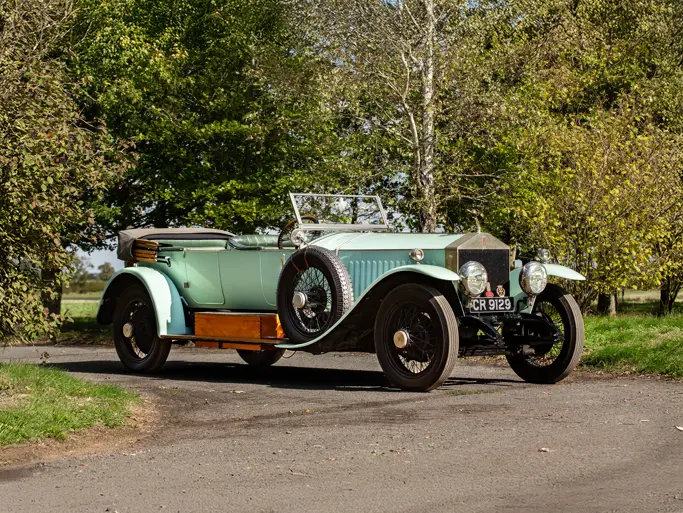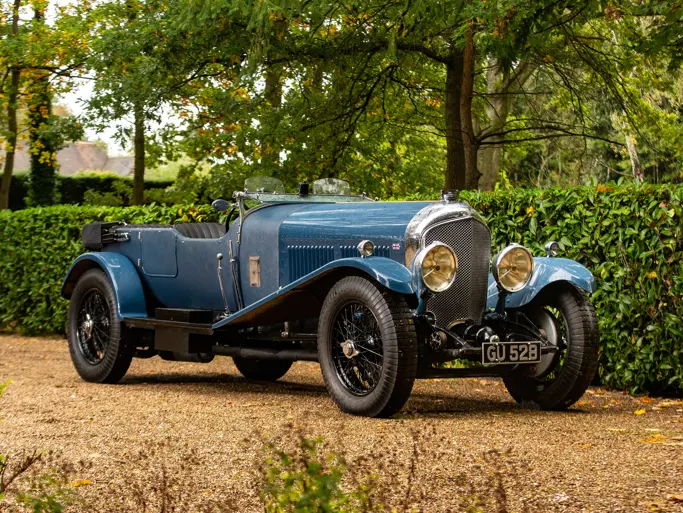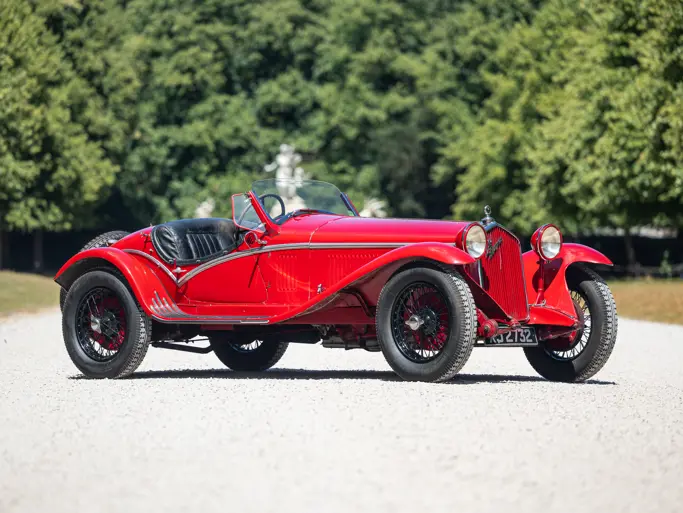
1933 Packard 1005 Twelve Convertible Victoria
{{lr.item.text}}
$660,000 USD | Sold
{{bidding.lot.reserveStatusFormatted}}
- Five owners from new; never before sold publically
- Beautifully restored by renowned restorer Joe Cruces
- Original chassis, engine, body, and firewall plate
- Not yet shown in judged CCCA competition
Series 1005. Body Style 3050. 160 bhp, 445.5 cu. in. modified L-head V-12 engine, three-speed manual transmission, solid front and live rear axles with semi-elliptical leaf-spring suspension, and four-wheel servo-assisted mechanical drum brakes. Wheelbase: 142 in.
By the time of the introduction of 1933’s 10th Series, Packard remained the choice of American aristocracy yet was beginning to incorporate welcome hints of flash and dash into their lines. The year’s models incorporated classically swept fender lines, but now the fenders were skirted, neatly hiding the mechanical components beneath. A graceful vee’d radiator shell hinted at the power flexed by the top-of-the-line V-12, now in its second season, built on a new tapered frame, and featuring such mechanical refinements as a single dry-plate clutch and automatic choke.
The Dietrich-designed convertible Victoria offered here is identified by its original data tag, which is still present, as being vehicle number 647-25, or the 15th built in this style on the 142-inch-wheelbase 1005 chassis. According to research by a previous owner, it is one of four known authentic survivors. Examination of the mechanical components—engine, chassis, axle, and steering box—show that they are numbered relatively near to one another, in typical Packard fashion, and therefore are all the original components to this car.
The car was delivered new by Packard Motor Car Company of New York in the Bronx on August 12, 1933. According to information on file, it was sold by its original owner in 1946 to Thomas Lester, the successful Ohio businessman known as the founder of the Lester Tire Company and an early enthusiast. Mr. Lester retained ownership of this car for 22 years before selling it to another well-known collector of the time, Benny Goldflies, who continued the tradition of longtime ownership. Eighteen years passed before he, too, sold the beloved Packard, which was purchased by Newt Withers of California.
In Mr. Withers’ 25-year ownership, the Packard received a complete restoration by the renowned Joe Cruces, partial records for which are included in the file, including research in original Packard materials, colors, and equipment. Chrome work was performed by Jerry Hjeltness’s shop in California. The grand Packard was shown following the restoration, being invited into the Packards International Circle of Champions in 2010 and being shown at the Pebble Beach Concours d’Elegance in 2011. Subsequently, it joined the collection of its current owner, believed to be just the fifth since new, and was freshened with the installation of a new black top and blackwall tires.
The Twelve continues to present absolutely beautifully, in its rich black hue with a complementary scarlet interior. The upholstery and wood-grain trim are immaculate, and the paint is show-quality in its rich, deep shine. In a recent road test by an RM Sotheby’s specialist, he noted that the Packard accelerated beautifully up to 70 mph, the fastest that he was willing to take it, even though “it felt like it could keep going to 100!” An extremely good-driving car that is, needless to say, in excellent mechanical condition, it is described as running cool in virtually all temperatures, and it would be as delightful on the road as at the numerous concours d’elegance to which it will likely be invited. Importantly, it has never been shown in judged CCCA competition, offering another exciting opportunity for a new owner.
Of the four surviving Twelve Convertible Victorias of the Tenth Series, this one, with so few previous owners, is offered here publically for the first time since new. Indisputably pure, authentic, and properly finished down to the last detail, it is an outstanding, show-worthy example of one of the grandest of the great Packards, and it would be a standout in any important collection.




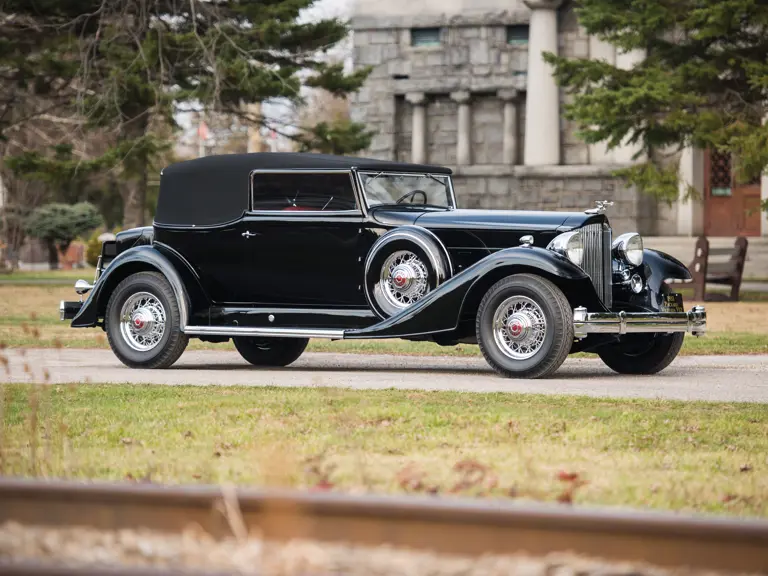
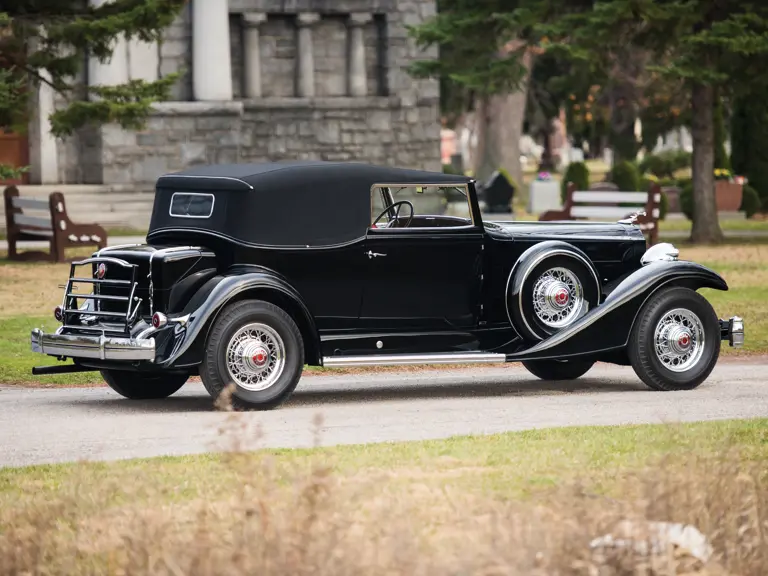
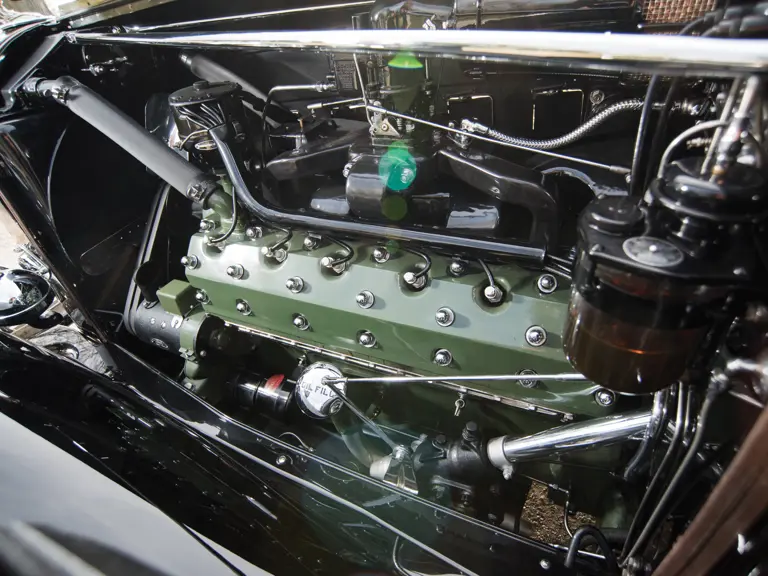
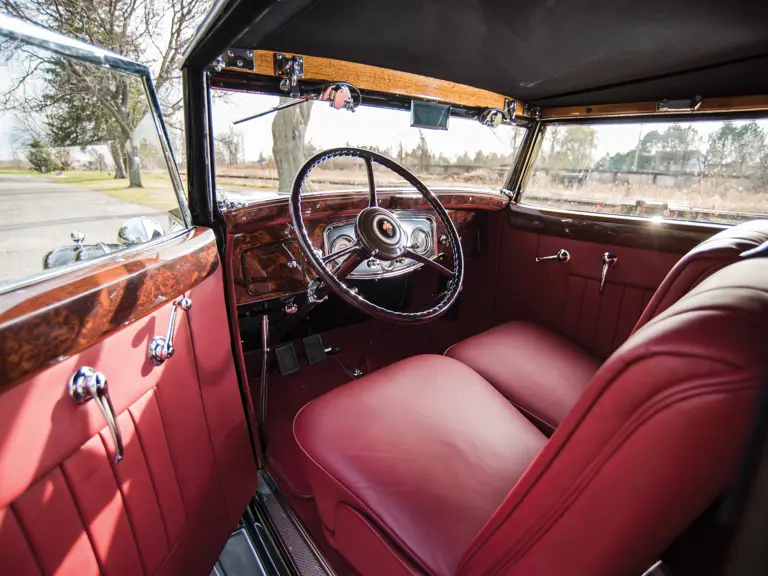
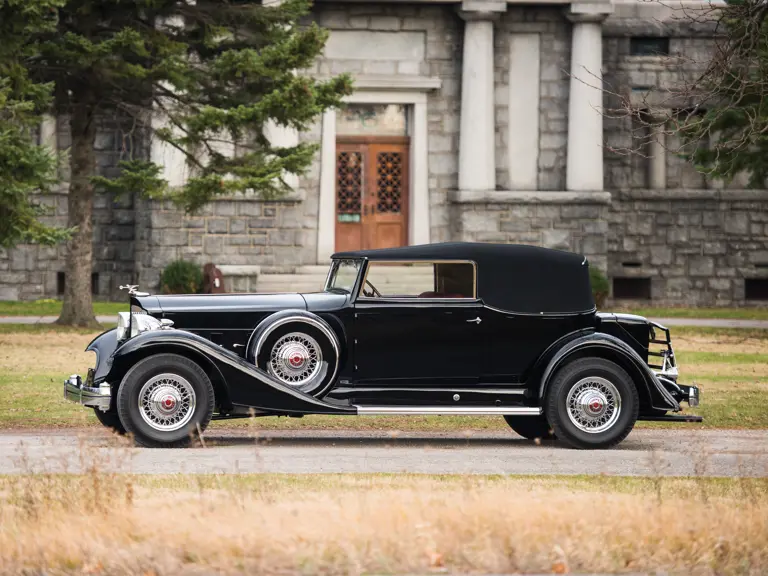
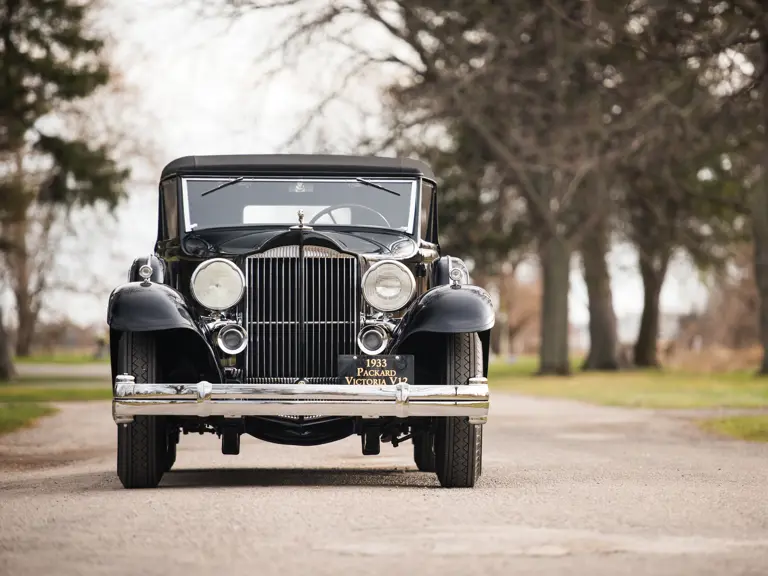
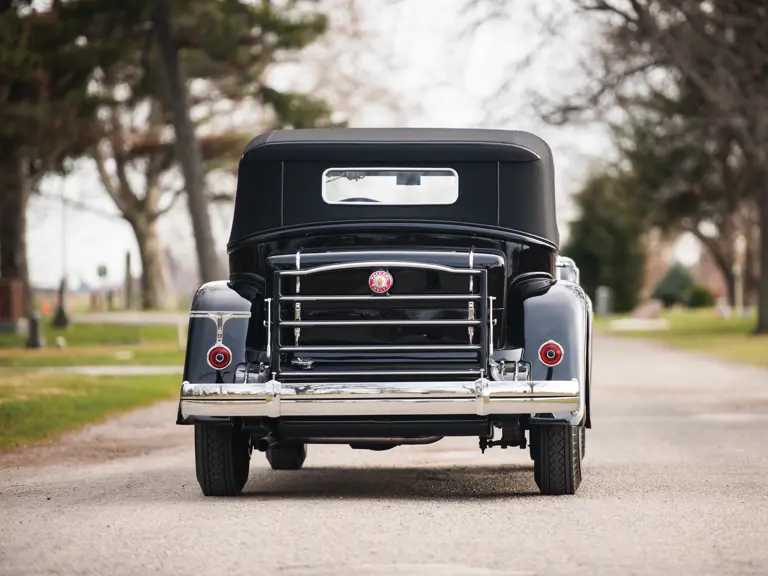
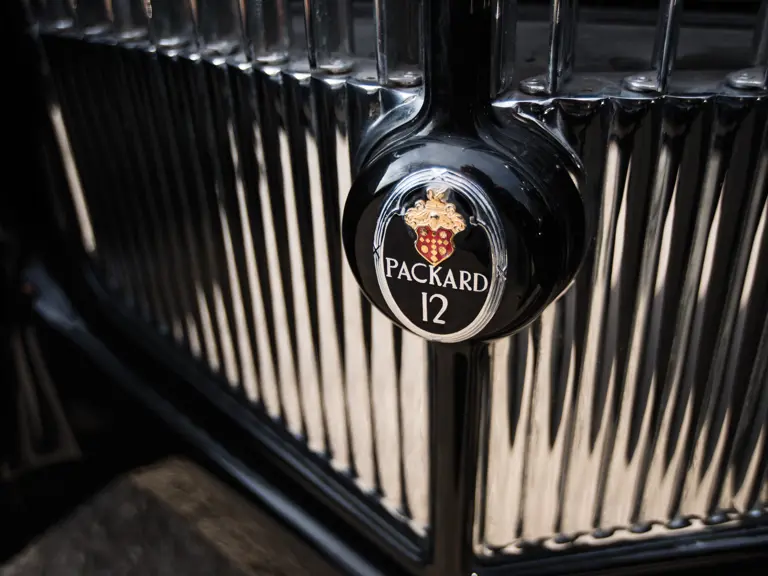
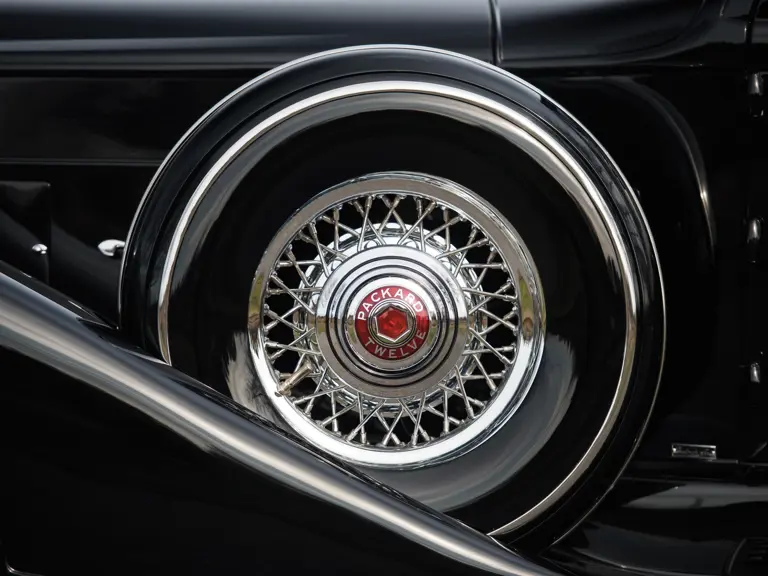
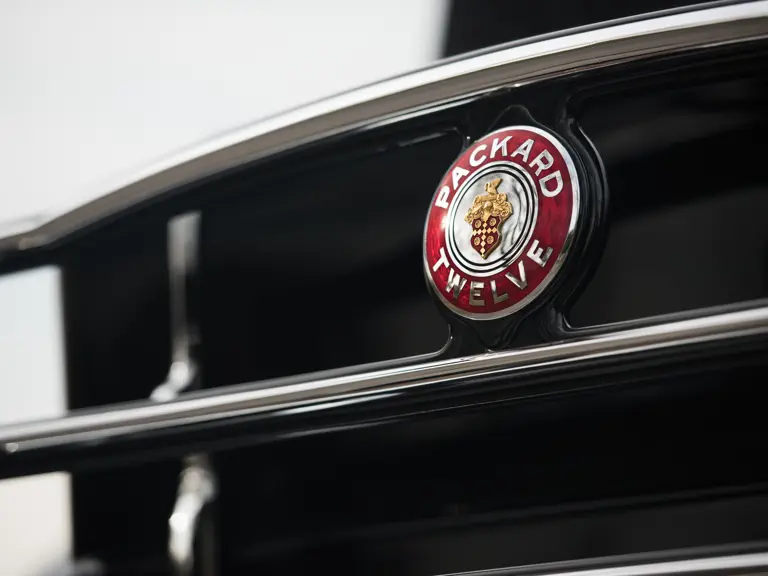
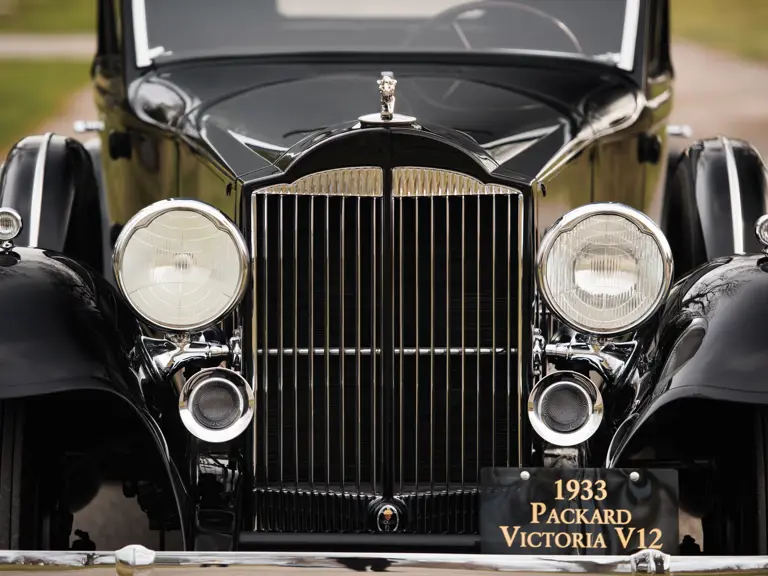
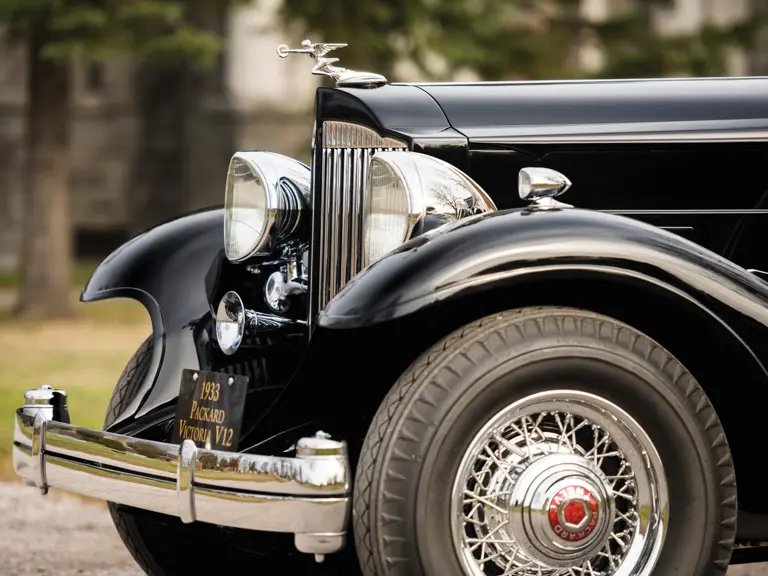
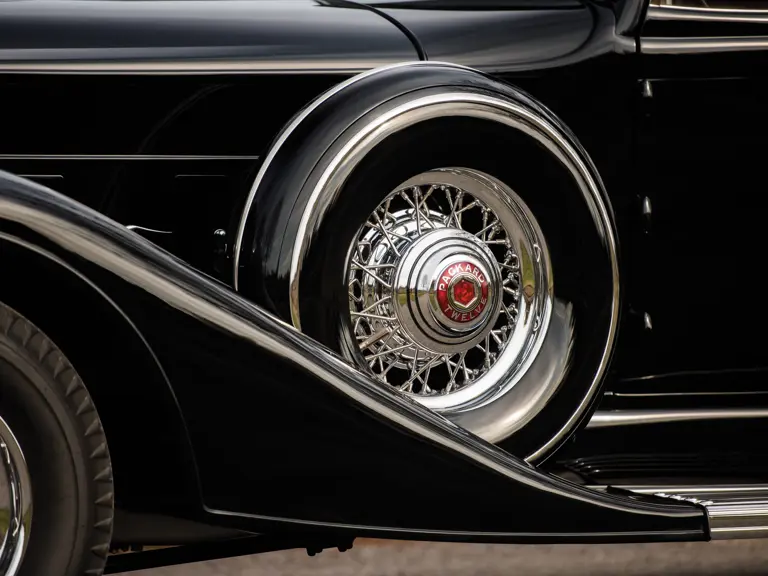
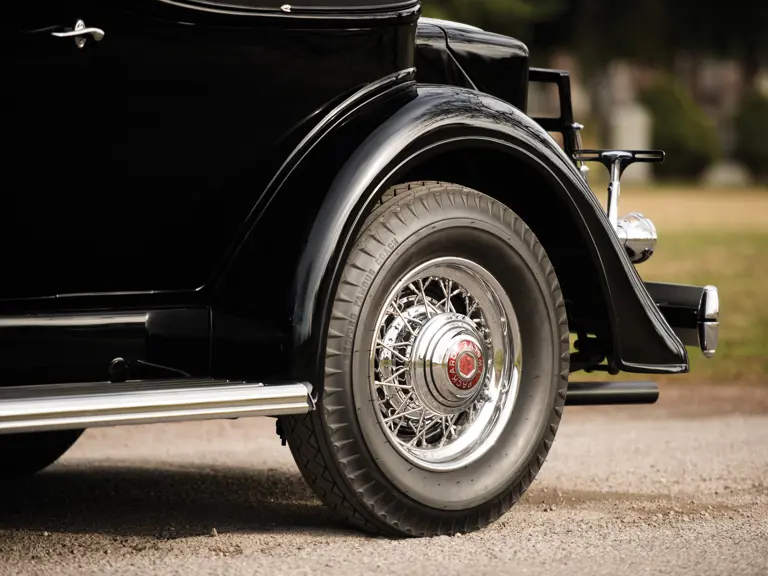
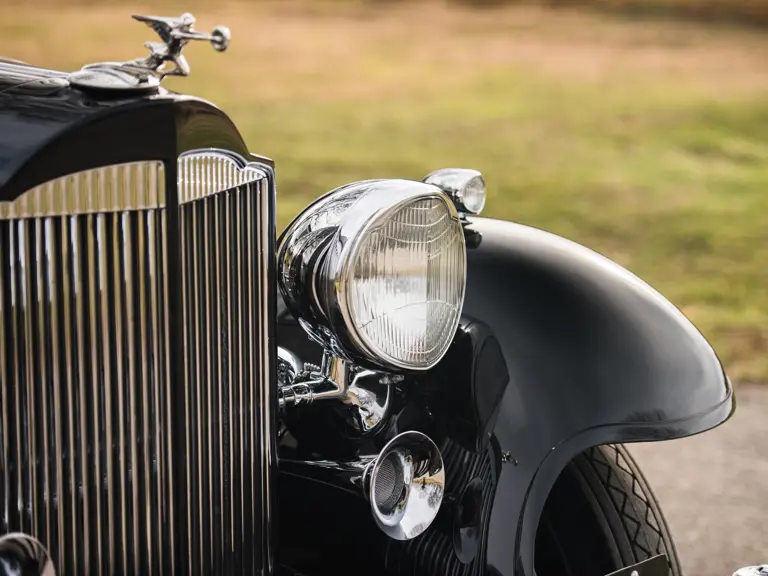
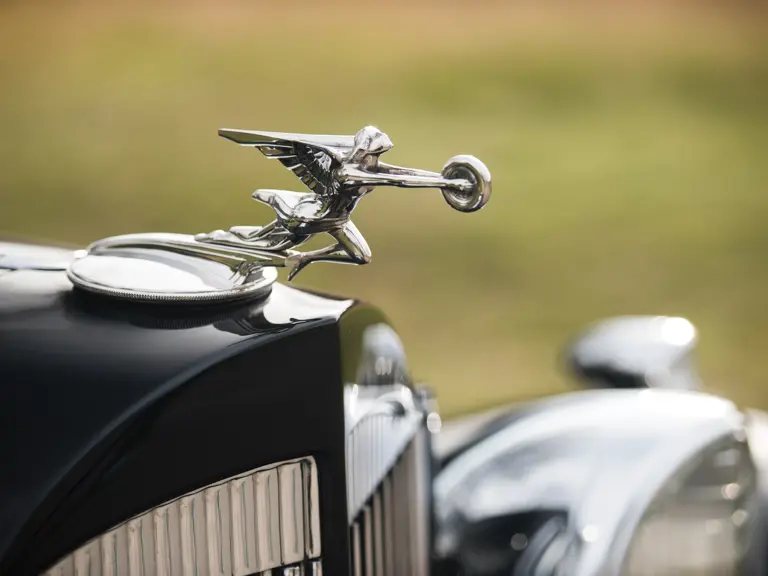
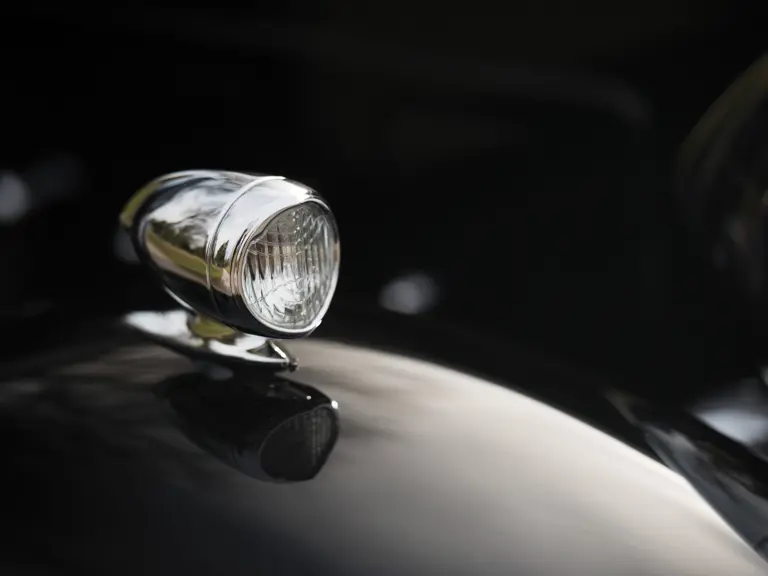
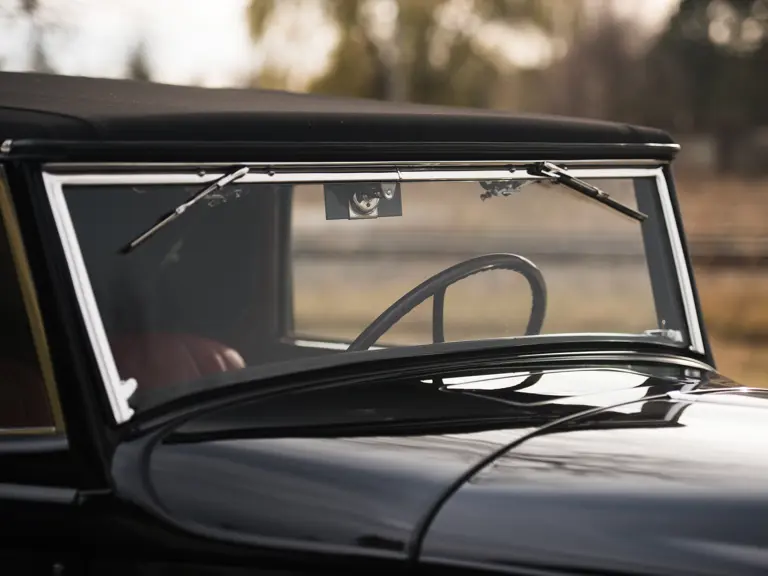
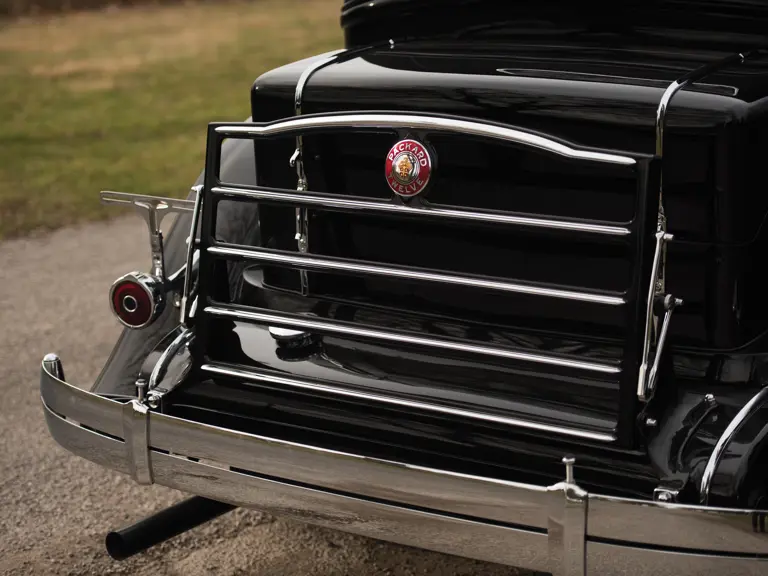
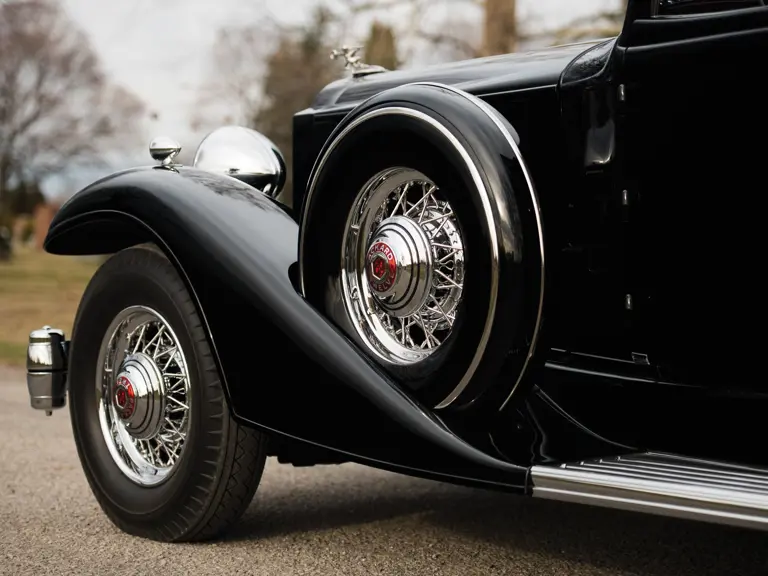
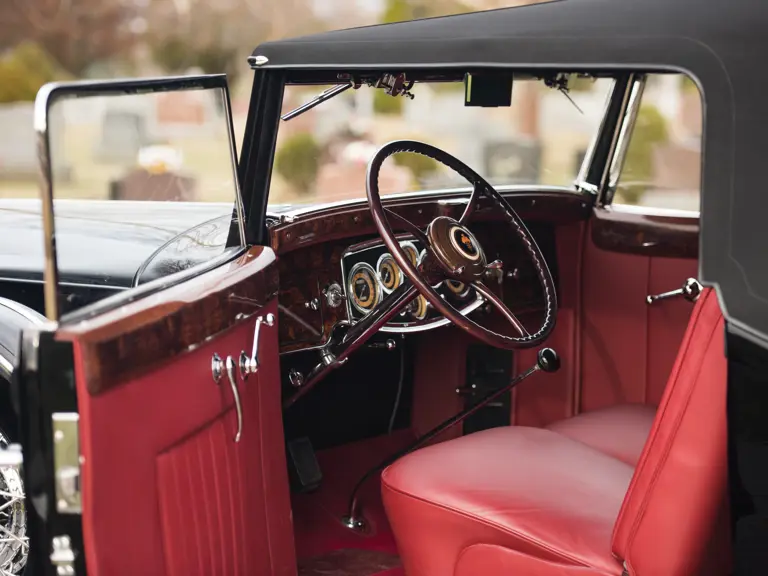
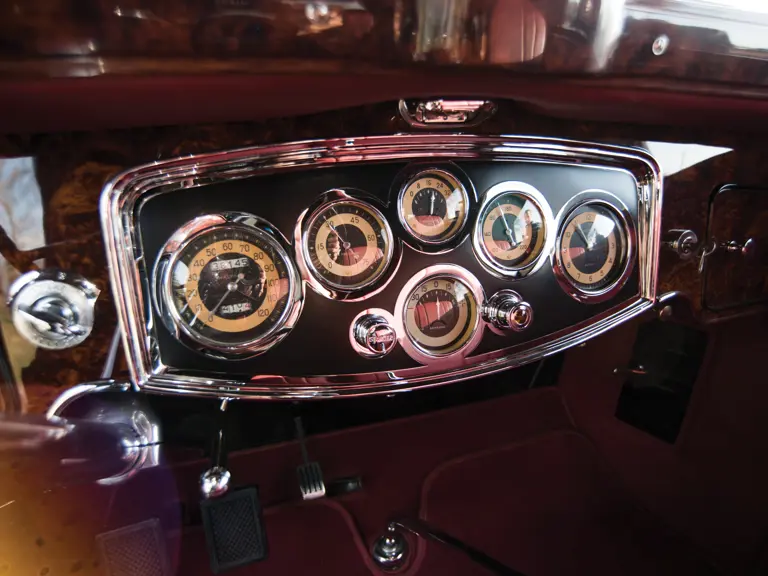
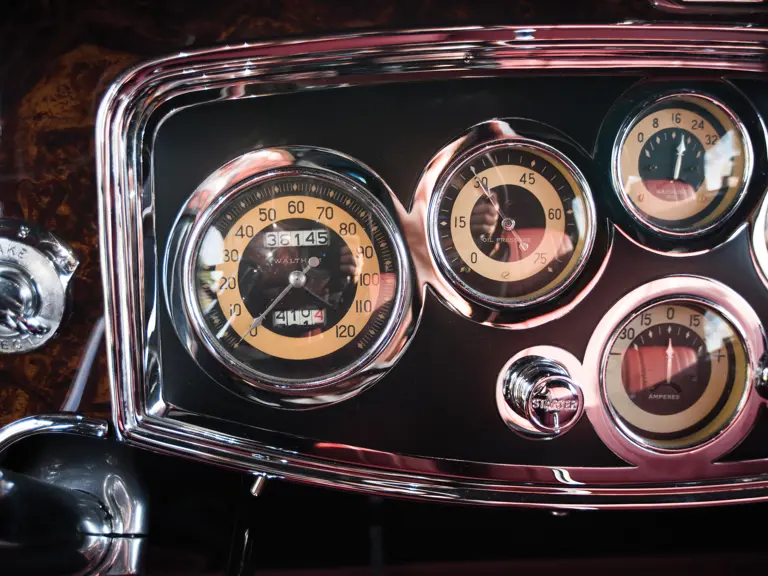
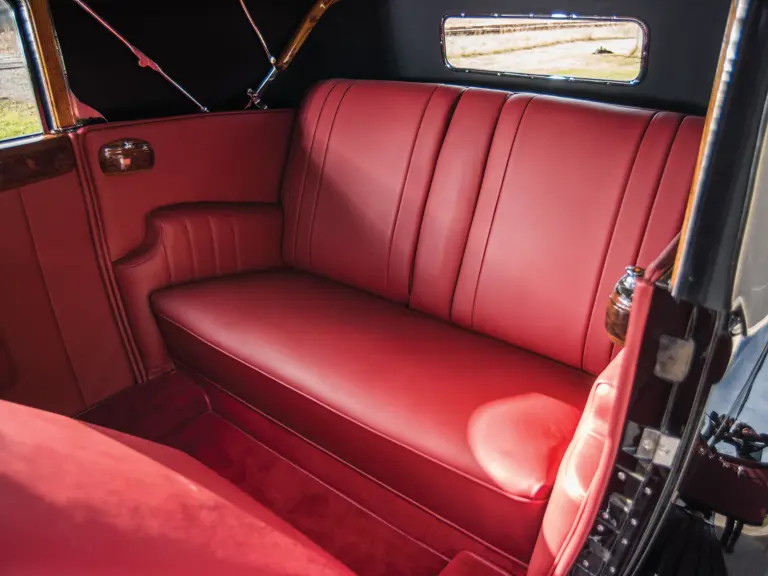
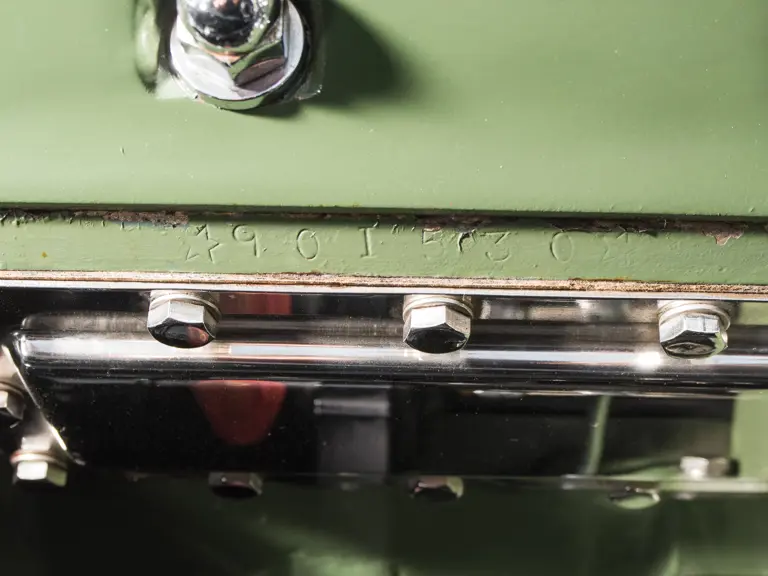
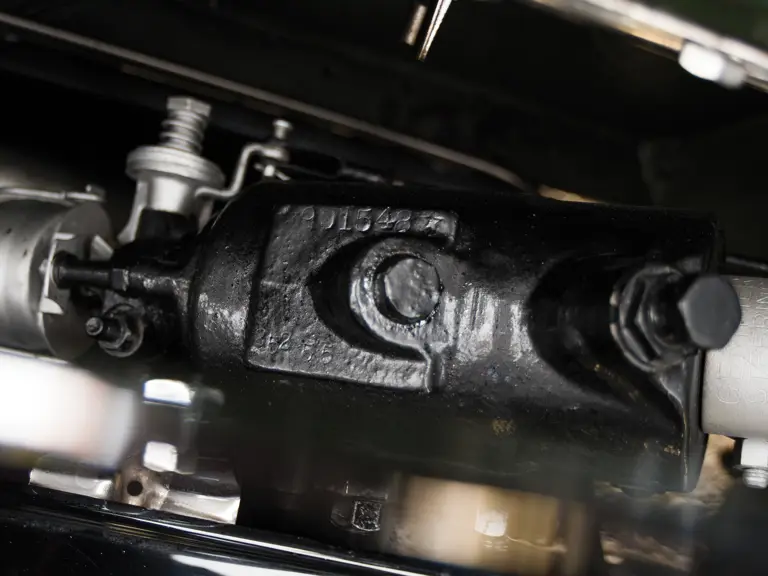
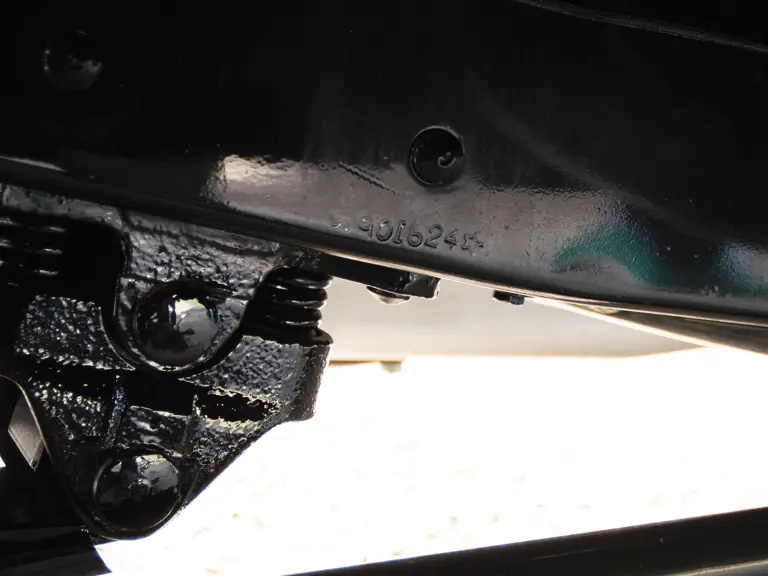
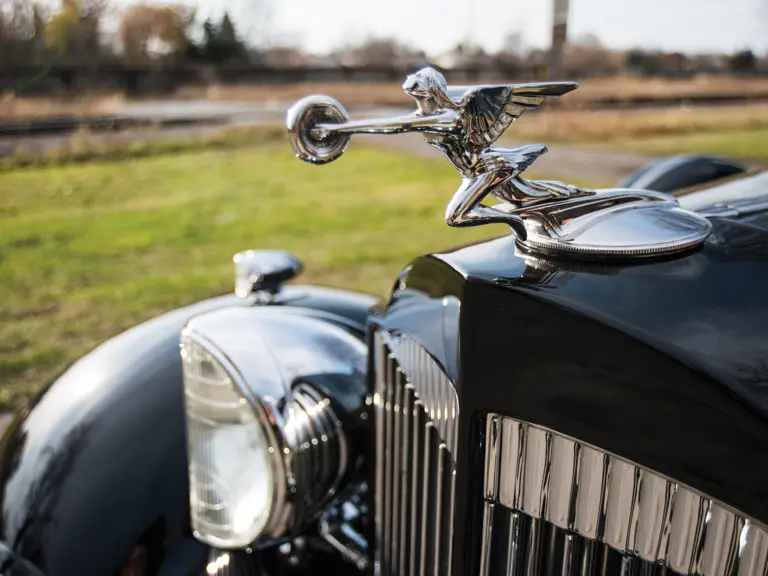
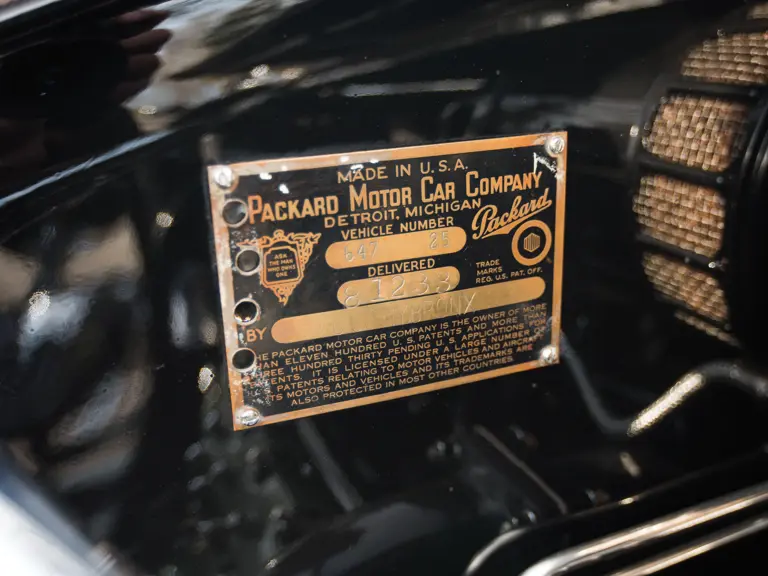
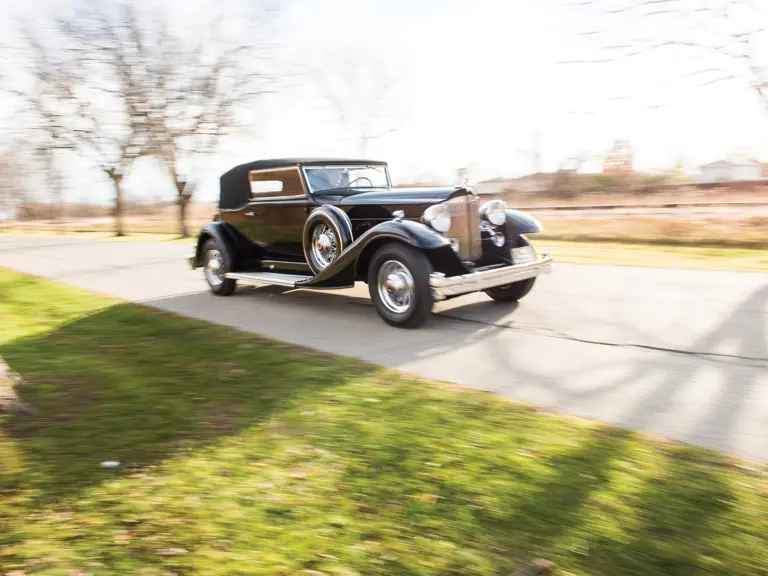
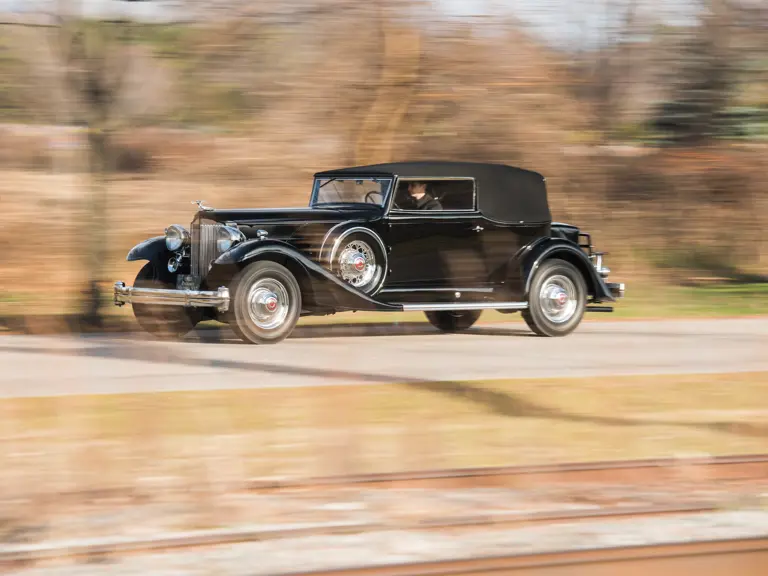
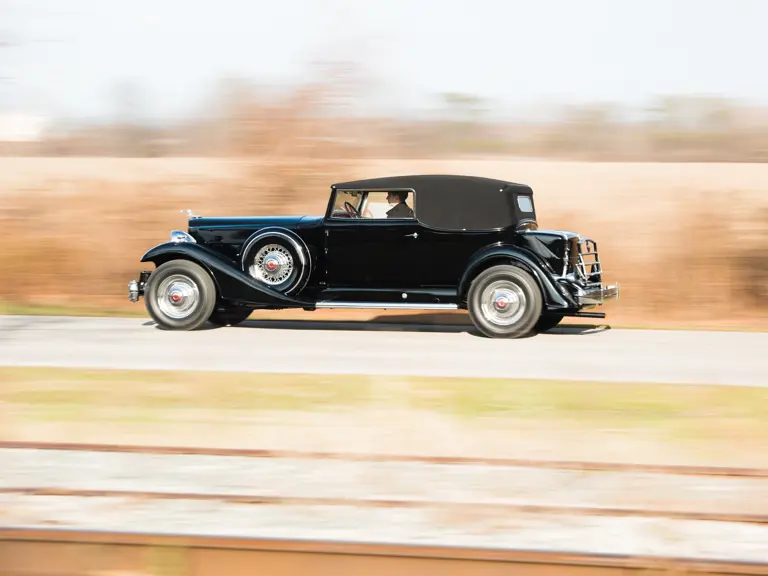
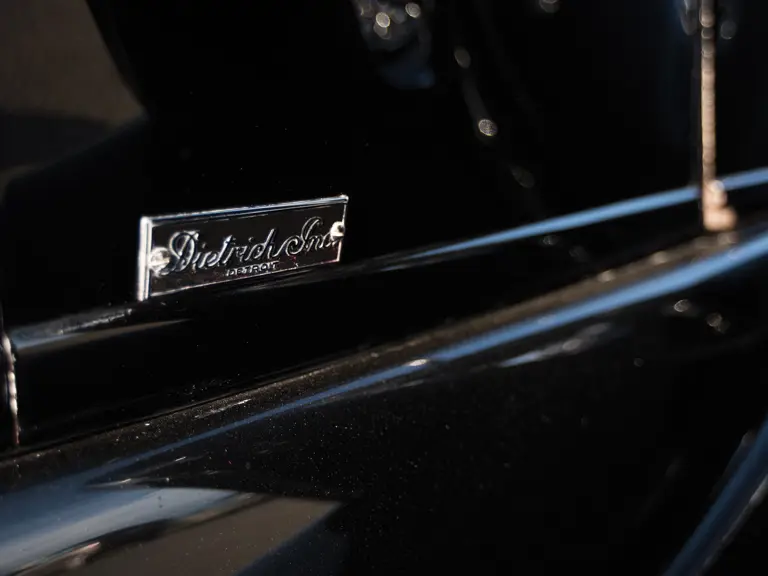
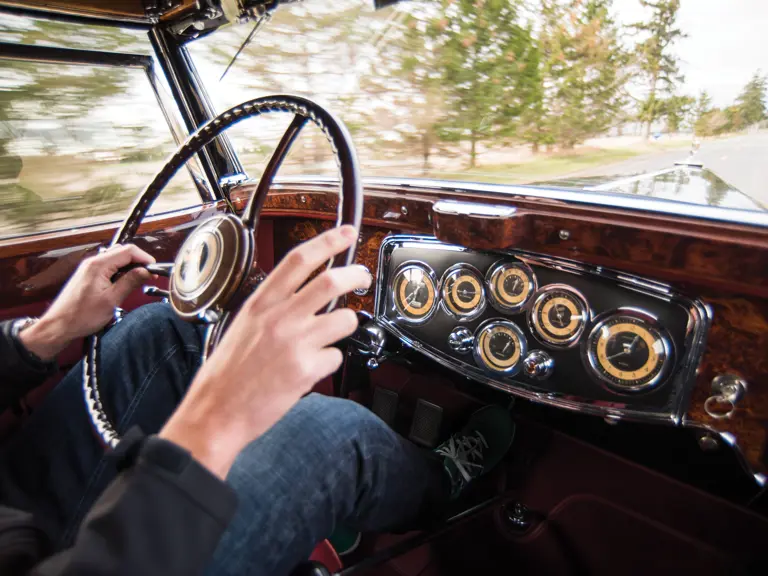
 | Phoenix, Arizona
| Phoenix, Arizona
